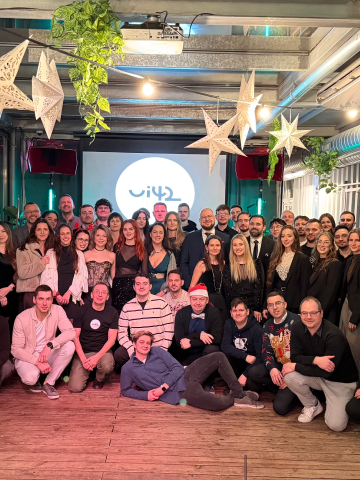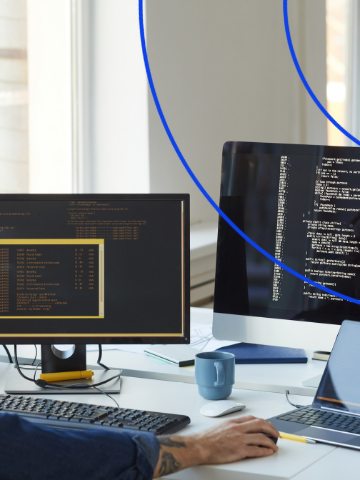What does it mean NFC?
What does it mean
NFC (Near Field Communication) is a short-range wireless communication technology that enables data exchange between devices that are in close proximity (up to 10 cm). NFC is based on radio waves and uses an electromagnetic field to transfer information between two compatible devices.
More info
Main uses of NFC:
-
Contactless payments: NFC is often used in mobile payment systems such as Google Pay, Apple Pay, and Samsung Pay. This technology allows users to make payments simply by tapping their phone or card to a terminal, significantly speeding up the payment process. Contactless payments are convenient and secure because they use encryption and authentication to protect sensitive data. In addition, many modern ATMs and public transportation systems also support NFC payments, increasing their availability and usability. NFC payments are no longer exceptional even in e-commerce - when a customer chooses delivery to a pickup point, for example via Alzabox, they can use NFC technology for a convenient payment at the pickup location.
-
Data transfer: Allows for quick data transfer between devices, such as sharing contacts, pictures, or files between smartphones. This feature is particularly useful in situations where it is necessary to quickly and efficiently share information without the need for an internet connection or cables. NFC also enables easy pairing of devices, such as headphones, speakers, or other accessories, making them easier to use.
-
Access cards: NFC is used in electronic tickets, electronic keys, and access cards that allow entry into buildings, hotel rooms, and other secured areas. This technology provides a high level of security and convenience, as users do not need to carry traditional keys or paper tickets. NFC access cards can also be reprogrammed remotely, simplifying access rights management and allowing for quick responses to security incidents.
-
NFC tags: Are passive devices that can contain information and be activated by bringing an NFC device close to them. They are used, for example, in marketing, museums, stores, and other applications to provide information or activate actions. NFC tags can contain links to websites, contact information, instructions, or other interactive elements. Their use is very versatile and allows for creative solutions in many industries, increasing engagement and interaction with customers or visitors.
How NFC works:
-
Active and passive modes: NFC devices can operate in active or passive modes. Active devices can both transmit and receive information, while passive devices (such as NFC tags) only transmit information when in proximity to an active device. This dual mode allows for a wide range of applications, from simple tags to complex devices that communicate bidirectionally. Active devices can also serve as readers for passive tags, increasing their functionality and flexibility.
-
Security: NFC communication is considered secure due to its short range and the ability to use encryption to protect transmitted data. The short range significantly reduces the risk of eavesdropping or unauthorized access, as devices must be in close proximity to communicate. In addition, advanced encryption technologies and authentication protocols ensure that transmitted data is protected against potential attacks. Combined with other security measures, such as two-factor authentication, NFC provides a robust and reliable solution for a wide range of applications.
NFC technology is becoming increasingly popular in various fields thanks to its simplicity, speed, and wide range of uses. With its expansion, it is expected to be increasingly used in everyday life, bringing new opportunities and improvements for users around the world.
Latest news
Contact us
Don't miss out on the latest news from the world of UX, programming, analytics, and marketing.











